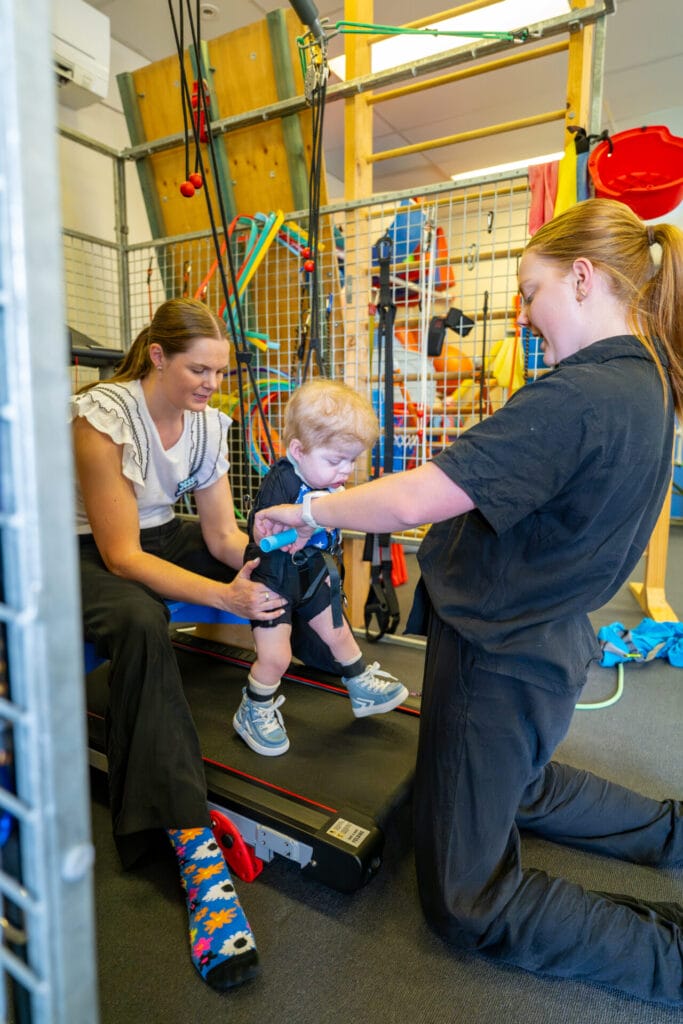What is Neuroplasticity?
Neuroplasticity is the brain’s ability to reorganize itself by forming new neural connections. Essentially, the brain can ‘rewire’ itself in response to learning, injury, or therapeutic interventions. For young children, whose brains are still growing, neuroplasticity is especially powerful. This is why early intervention therapies can be so effective — the younger the child, the more malleable their brain.
There are two types of neuroplasticity:
- Structural – the brain structure changes because of experiences such as learning/therapy
- Functional – this is when brain functions move from a damaged area of the brain to another area. I explain it as creating new pathways around a roadblock.
In early childhood, this process happens incredibly fast. At birth, each brain cell (neuron) has around 2,500 connections, or synapses. By age three, that number can jump to about 15,000. That’s double the connections that adults have! This means the early years are a critical time to build strong foundations for learning and development.
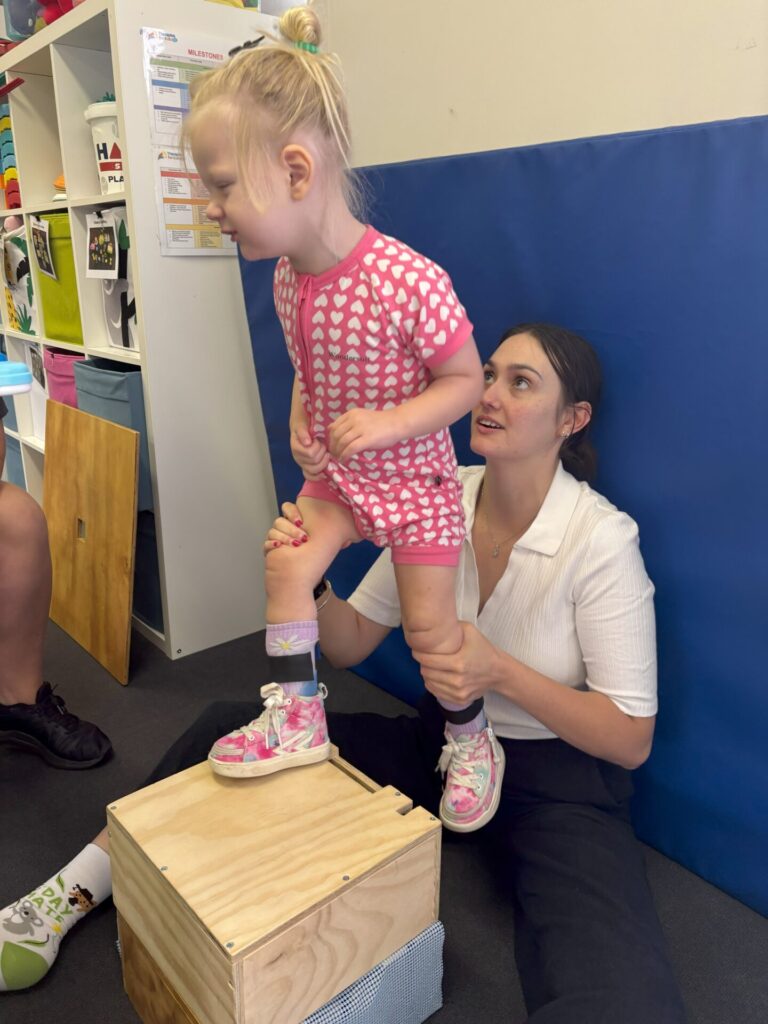
How Neuroplasticity Works in Early Intervention Therapy
When children experience developmental delays, learning disabilities, or other challenges, targeted early intervention therapies can stimulate their brain’s neuroplastic ability. By providing the right activities, exercises, and support, therapists can encourage the brain to form new pathways that help children develop skills they might otherwise struggle to acquire. It is also important to continually practice the new activities in order to completely embed the neural pathways in a child’s brain.
For example, speech therapy for a child with a language delay can help build neural connections that enable better communication. Similarly, physical therapy can strengthen motor skills, while occupational therapy can improve daily functional abilities. Each intervention is designed to support the brain’s natural ability to adapt and change. After each therapy session you will be given a home program to follow in order to continue the practice and therefore using the brains neuroplasticity to embed these new skills.
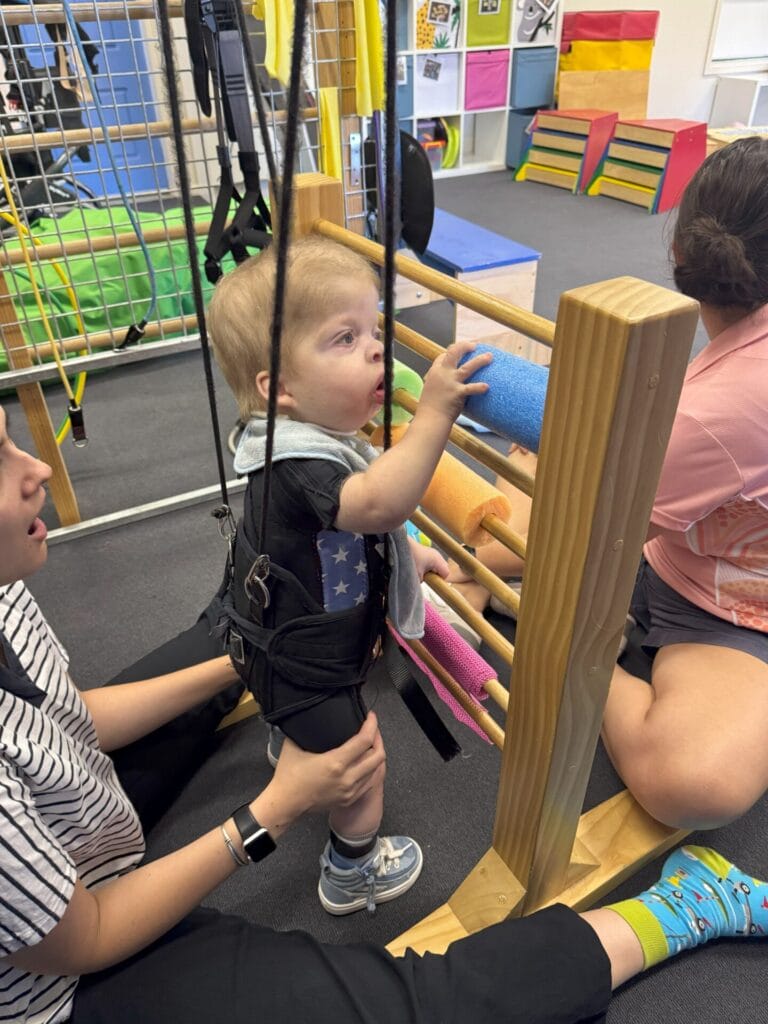
The Window of Opportunity: Why Early Intervention Matters
Research shows that the first few years of a child’s life are critical for brain development. During this time, the brain is especially receptive to new experiences and stimuli. If a child receives early intervention during this critical period, their brain is better equipped to adapt to the support and learning being provided.
For children with developmental delays or disorders such as autism, cerebral palsy, or ADHD, early intervention helps harness neuroplasticity in ways that promote learning and growth. The earlier the therapy starts, the more likely it is that the child will be able to overcome or reduce the impact of their challenges.
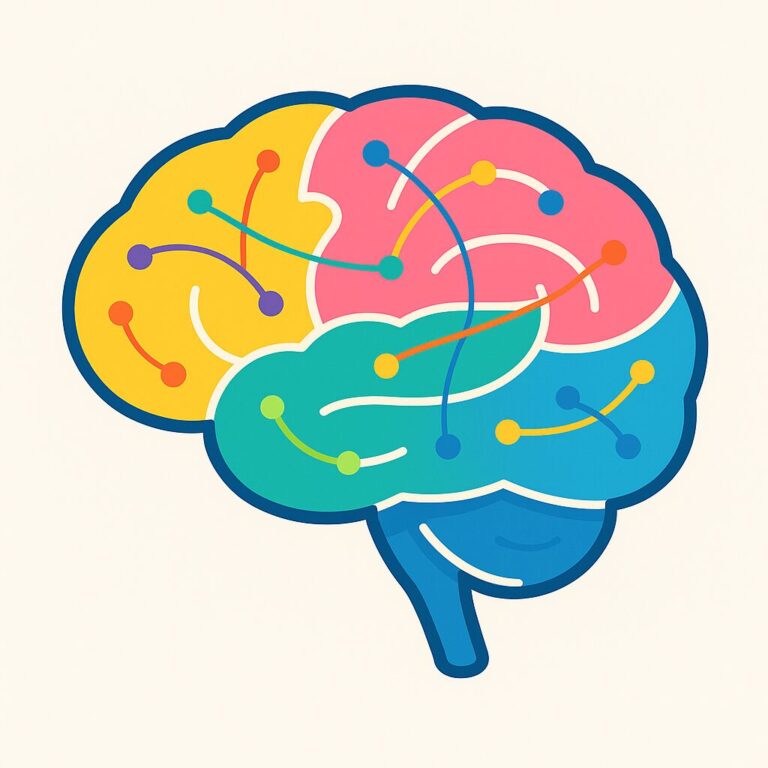
Key Benefits of Early Intervention
- Improved Outcomes: Neuroplasticity allows the brain to create new neural connections, which can lead to significant improvements in speech, motor skills, socialization, and cognitive development.
- Building Confidence: As children make progress through therapy, they gain confidence in their abilities. This emotional boost can be crucial for their overall development and leads to children being able to tolerate new experiences and generalize new skills into other environments i.e. Pre-school, School and the community.
- Long-Term Success: Early intervention has been linked to better long-term outcomes, including better academic performance and greater independence in adulthood.
How We Use Neuroplasticity in Therapy
Neuroplasticity isn’t just a theoretical concept; it’s put to work in a variety of therapy settings. At Therapies for Kids, we design therapy that taps into each child’s unique interests and abilities. Our team includes physiotherapists, occupational therapists, speech pathologists, and exercise physiologists. Each therapist uses fun, purposeful activities to help your child’s brain build the connections it needs to succeed.
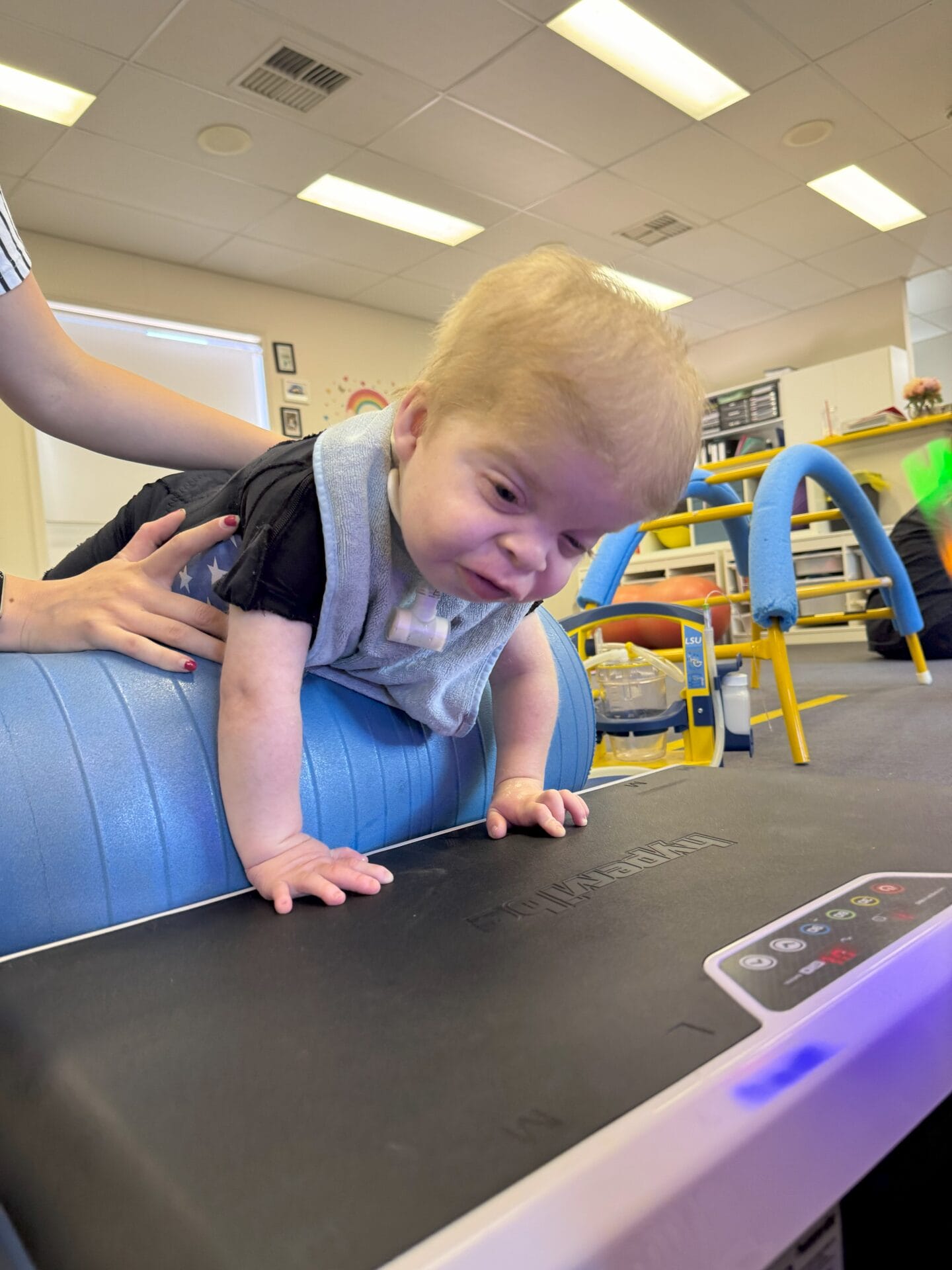
Speech Pathology for Children
By using repetition and targeted exercises, speech therapists encourage the brain to form new connections for language comprehension and speech production. We endeavor to make therapy fun and engaging whilst strengthening communication skills.

Occupational Therapy for Children
Focuses on fine motor skills and sensory processing, helping the brain wire-in the skills it needs to improve tasks like writing, dressing, and eating. In addition, sensory integration in sessions assists children to process sound, touch, vision, proprioception and vestibular input more comfortably and confidently.

Physiotherapy for Children
Involves exercises that strengthen motor skills and coordination, enabling the brain to re-establish or improve movement pathways. Children with physical delays or motor challenges benefit from movement-based exercises like obstacle courses, balance games, or strength training.
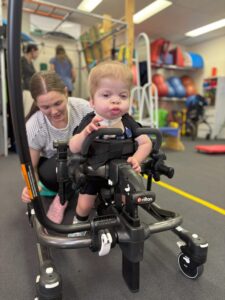
The Power of Early Support
Neuroplasticity is a remarkable gift, especially when harnessed through early intervention. By tapping into the brain’s ability to reorganize and grow, therapy helps children overcome developmental challenges and unlock their full potential. Early intervention isn’t just about addressing issues — it’s about giving children the best chance at a thriving future.
By recognizing the power of neuroplasticity, we can help more children reach milestones and build the foundation for a lifetime of learning and success.
Research shows that starting therapy early makes a big difference. It gives your child the best chance to build strong developmental foundations. That’s why we encourage families to reach out as soon as they notice any delays or concerns.
We’re also proud to be a registered NDIS and ECEI provider, which mean we can help eligible families access funding for therapy. Whether your child needs short-term support or a longer, intensive program, we’re here to guide you every step of the way.
Helping your Child Thrive
Every child’s brain is different—and that’s something we celebrate. At Therapies for Kids, we use a team-based approach to provide therapy that’s fun, effective, and family-focused. We’ll work with you to carry skills over into daily life, so progress continues at home and beyond.
If you’d like to learn more or have questions about your child’s development, we’re here to help.
Where Therapy Meets Possibility
Understanding and utilizing neuroplasticity allows us to offer effective, individualized therapies that support children in reaching their full potential. At Therapies for Kids, we’re committed to providing comprehensive care that fosters growth, learning, and confidence.
If you have any questions, please contact us :
Director:
Debra Evans
